The reasons why smartphone makers love IPS displays
The mobile industry has taken great strides in areas such as processor technology, RAM, and 4G LTE connectivity, but with the innovation curve being reached in those areas, it’s important to refocus on one of the most important components of any device — its display. The display is the first thing you look at each time you turn your smartphone on, and it’s the proverbial window into your digital life. A good quality display can turn a good smartphone experience into a great one, so it’s important the quality matches that of everything else on a high-end phone.
With that, LG — and many other leading smartphone makers like Apple, HTC, and Sony — have opted to go for the latest IPS technology for smartphone displays while Samsung is the only company being adamant in using AMOLED, despite its technological limitations.
Take LG’s latest bread and butter, for instance: the LG Optimus G Pro. This device features a nice, big 5.5 inch full HD IPS display, and sets itself apart from pentile-based AMOLED displays, such as those used in Samsung smartphones, in a variety of different ways.
Reason 1: AMOLED not able to overcome Pentile
Take, for example, the IPS display’s RGB subpixel arrangement opposed to pentile. To understand the advantages of RGB vs pentile one must understand the basics of subpixel arrangement. RGB arrangements offer all three base colors within one subpixel, while AMOLED displays often go with a mixture of a series of two arrangements, with groups being either RG or BG.
That’s why the Optimus G Pro‘s full HD IPS display can boast 6.2 million subpixels compared to the 4.1 million subpixels of a pentile-based display with the same resolution. When you combine these subpixels into a group to make up a pixel, you can see where its IPS display’s RGB arrangement would make for a sharper and more accurate picture, even with the same resolution.
Reason 2: As bright as the sun
Another important factor of any display is its brightness factor. This becomes especially important in direct sunlight, a situation where some displays can become really hard to view. This isn’t a problem for the LG Optimus G Pro, though, as its display boasts 400 lux of brightness. Lux is a standard unit that measures the intensity of brightness. Compared to the Galaxy S4’s display rated at 258 lux, the Optimus G Pro would best it in any situation.
To put things into perspective, it’s said that the glow of the sun at sunrise or sunset would be the equivalent of 400 lux, the same intensity of brightness that the Optimus G Pro‘s 5.5-inch IPS display is rated at. On the contrary, the Galaxy S4’s 258 lux doesn’t even match the conditions of a typical dimly-lit office.
Reason 3: Vibrant and true to life
IPS displays have the distinct advantage of offering more accurate color profiles than AMOLED displays. The aforementioned RGB pixel arrangement setup allows LG to achieve more natural color opposed to the off-balance and over-saturated palettes featured in AMOLED panels, all the while delivering an experience that’s just as vibrant and crisp.
The Optimus G Pro‘s 5.5-inch full HD IPS benefits from an increased subpixel arrangement count, unmatched brightness, and one of the most vibrant and natural representations of color you’ll see from most smartphones (especially when put up against AMOLED-bearing competition).
This post is sponsored by LG Mobile.
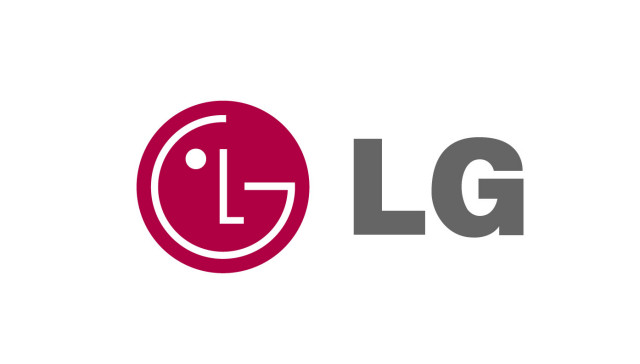


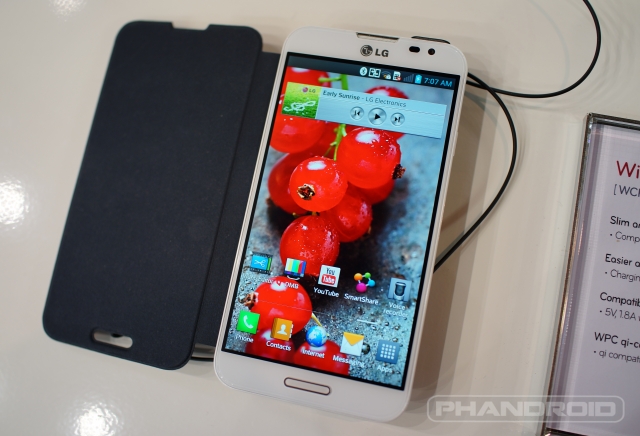
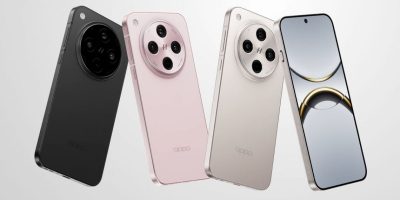
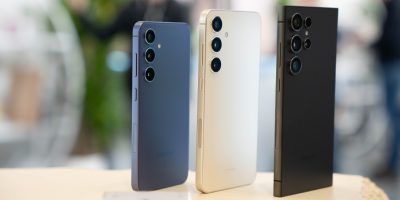

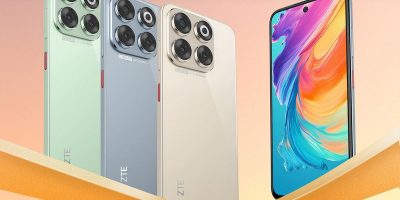
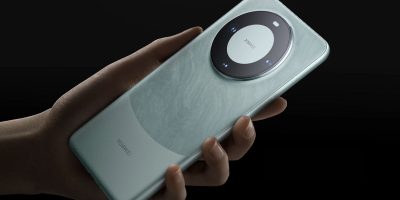




That’s cool. Still won’t buy lg though
That’s cool I think LG is pretty underrated in smart phones I love my spectrum 2!!
The galaxy note 2 has a RGB layout and it’s a amoled display and it’s a great display